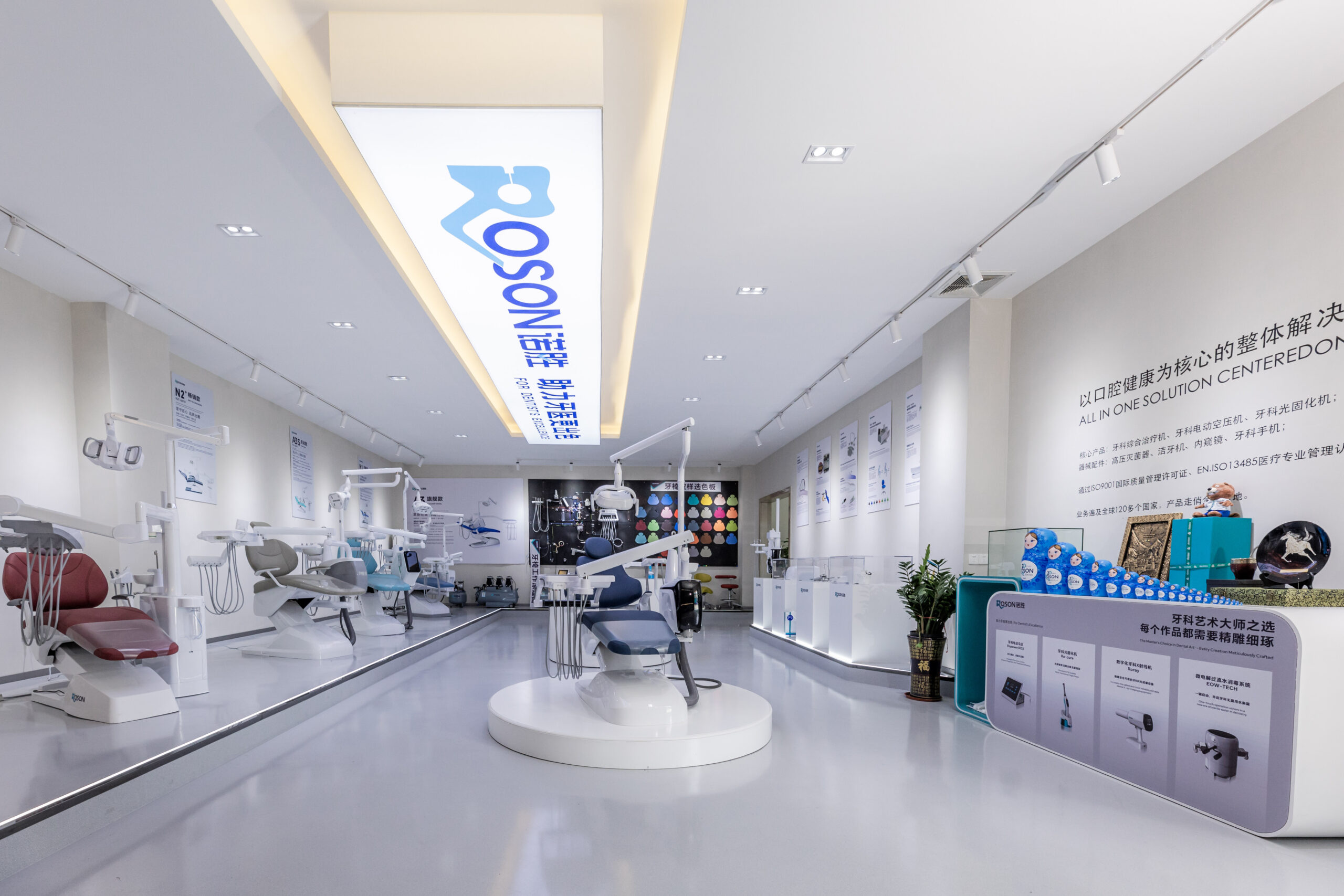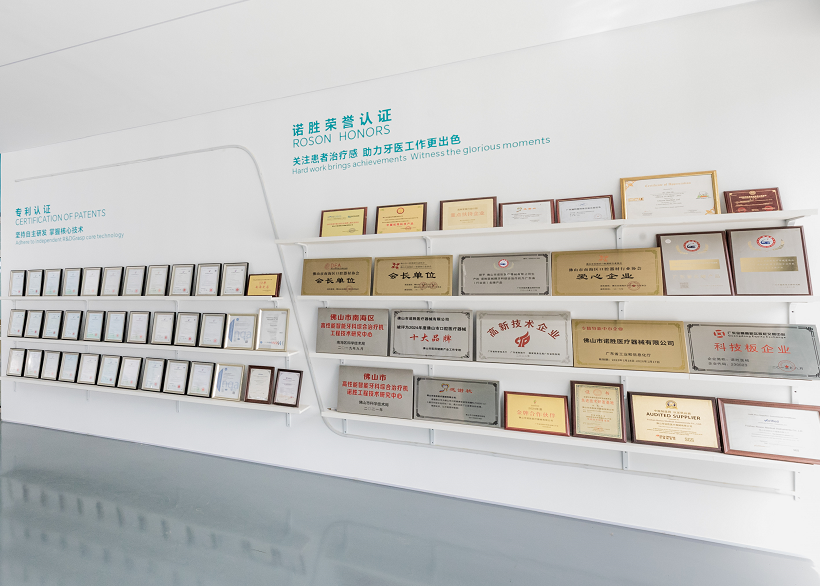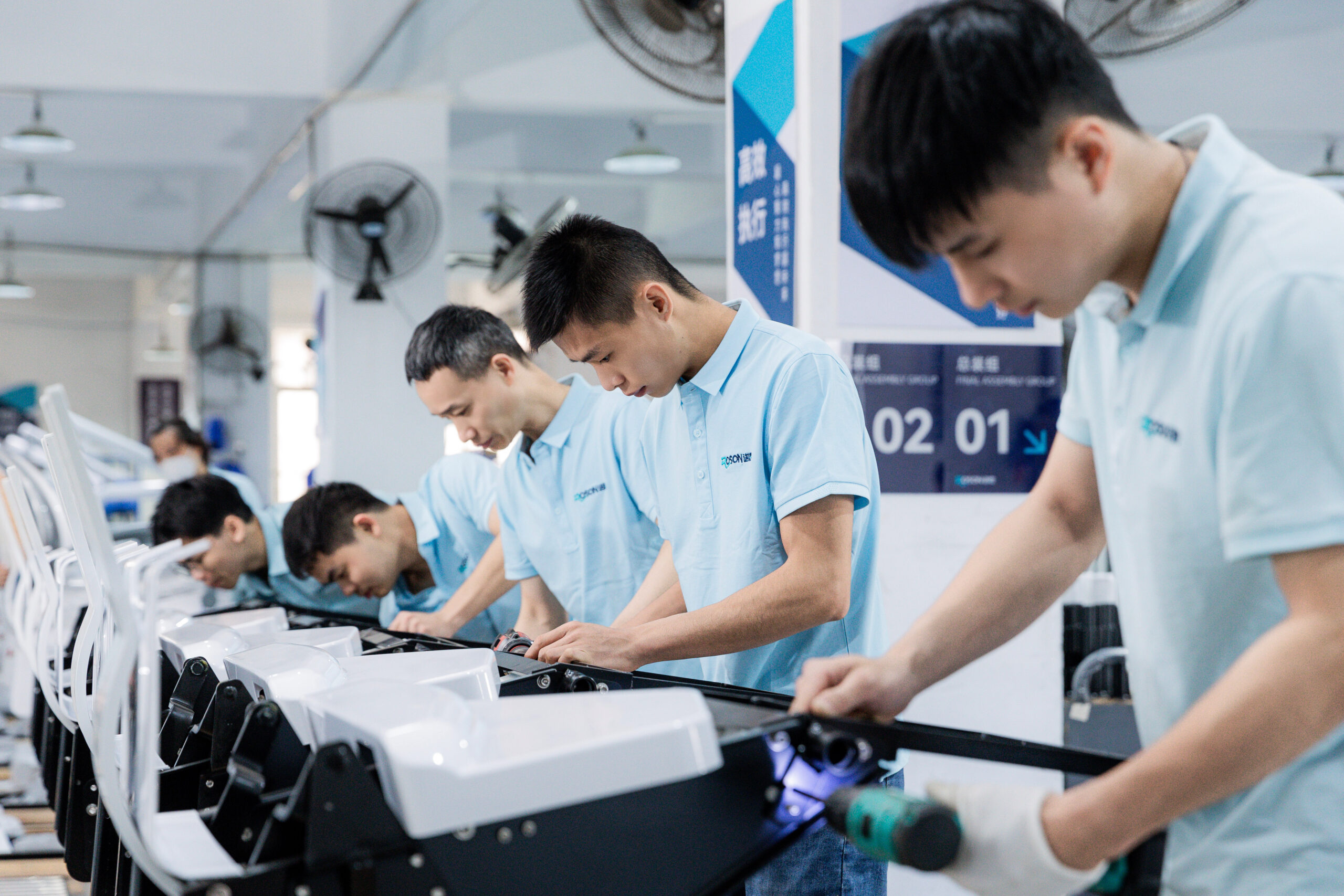Take you to the development of dental chair
Dental chairs are an essential part of any dental practice, providing patients with a comfortable and supportive platform during dental procedures. Dental chairs have come a long way from their humble beginnings, developing into an essential tool of modern dentistry. Dental chairs play a vital role in dental procedures, providing a stable and adjustable platform for patients undergoing treatment. Patients spend a lot of time in the dental chair, so it’s critical that they feel comfortable and supported throughout their visit. The dental chair also provides a convenient workspace for the dentist and his assistants, enabling them to access the patient’s mouth from different angles while providing the necessary tools for the dental procedure.
A Brief History of the Dental Unit
Dental chair have a long and fascinating history dating back to the early days of dentistry. In the mid-19th century, dental chairs were simple wooden stools with headrests that provided minimal support for the patient.
Dental chairs became more adjustable and comfortable over time, with the introduction of hydraulic and pneumatic systems allowing dentists to adjust the height and angle of the chair. In the 20th century, dental chairs became more advanced, incorporating features such as adjustable backrests, footrests, and armrests.
Today, dental chairs are equipped with cutting-edge technology, including digital displays, LED lighting and integrated multimedia systems. They are designed to provide maximum comfort and support to patients while giving dentists the flexibility they need to perform a wide variety of dental procedures.
The different components of the dental chair
1. Comfort and Ergonomics
A dental chair is an essential piece of equipment in any dental practice, providing a stable and adjustable platform for patients during dental procedures. Understanding the different components of a dental chair and how they work can help patients feel more comfortable and allow the dentist to provide better care.
2.Components of the dental chair
Base: The base is the foundation of the dental chair and is designed to provide stability and support. It’s usually made of heavy-duty metal or plastic and has wheels that allow the chair to be moved around the office as needed.
Seat: The seat is the part of the chair in which the patient sits during a dental procedure. It is usually made of high-density foam and covered with a waterproof material for easy cleaning. Some seats are contoured to provide additional comfort and support to the patient.
Backrest: The backrest is the part of the chair that supports the patient’s back during surgery. It can be adjusted to different angles to provide maximum comfort for the patient and optimal access for the dentist.
Headrest: The headrest supports the patient’s head during surgery, preventing neck strain and discomfort. It can be adjusted to different angles and heights to accommodate patients of different sizes.
Armrests: Armrests provide support for the patient’s arms during surgery, preventing fatigue and discomfort. They can be adjusted to different heights and angles for maximum patient comfort.
Footrest: The footrest provides support for the patient’s feet during surgery, preventing leg fatigue and discomfort. It can be adjusted to different heights and angles to accommodate patients of different sizes.
3. How each component works
Base: The base of the dental chair is designed to provide stability and support. It has wheels to move the chair around the office as needed.
Seats: Seats are usually made of high-density foam and covered with a waterproof material for easy cleaning. Some seats are contoured to provide additional comfort and support to the patient.
Backrest: The backrest can be adjusted to different angles to provide maximum comfort for the patient and optimal access for the dentist. It is usually operated using a foot pedal or a hand control.
Headrest: The headrest can be adjusted to different angles and heights to accommodate patients of different sizes. It is usually operated using a hand control.
Armrests: Armrests can be adjusted to different heights and angles to provide maximum patient comfort. They are usually operated using a hand control.
Footrest: The footrest can be adjusted to different heights and angles to accommodate patients of different sizes. It is usually operated using a foot pedal.
A dental chair is made up of several components that work together to provide a stable and adjustable platform for the patient during dental procedures. Knowing how each component works can help patients feel more comfortable and dentists can provide better care. With the advancement of technology and materials, dental chairs will continue to develop and improve to provide the best experience for patients and dentists alike.
Patient comfort is an important aspect of dental care, and dental chairs play a vital role in providing a comfortable and supportive platform for patients. Dental chairs have evolved over the years, offering more comfort and better ergonomics for patients and dentists.
1. The importance of patient comfort
Patient comfort is paramount during dental procedures as it helps reduce anxiety, pain and stress. A comfortable patient is also more likely to cooperate during the procedure, allowing the dentist to provide better care. Patient comfort is also important in building trust and loyalty, as patients are more likely to return to a dentist who provides a comfortable and positive experience.
2. Evolution of dental chair unit with high patient comfort
The dental unit has come a long way from its early days as a simple wooden stool with a headrest. Over time, they have become more adjustable, comfortable and feature-rich, providing a more comfortable experience for patients.
One of the earliest advancements in dental chair design was the introduction of hydraulic and pneumatic systems that allowed for height adjustment. This makes it easier for dentists to work with patients of different sizes and allows patients to get in and out of the chair more comfortably.
In the 20th century, dental unit chair became more advanced, incorporating features such as adjustable backrests, footrests, and armrests. These features allow for more individual positioning of the patient, reducing discomfort and fatigue during the procedure.
3. Ergonomic features of modern dental chairs
Modern dental unit chair are equipped with advanced ergonomic features that provide maximum comfort for patients and better working conditions for dentists. Some of the ergonomic features found in modern dental chairs include:
Contoured Seat and Backrest: These features provide better support and comfort for patients during prolonged procedures.
Adjustable Headrest: These features help prevent neck strain and discomfort, providing a more comfortable experience for the patient.
Adjustable Armrests: These features help reduce arm and shoulder fatigue during surgery for greater patient comfort.
Height and Tilt Adjustable Footrests: These features provide support and reduce leg fatigue during prolonged surgical procedures.
Integrated multimedia system: Some modern dental chairs are equipped with a multimedia system that allows patients to watch movies, listen to music or play games during the procedure, providing a more relaxing experience.
Patient comfort is paramount during dental procedures and the dental chair plays a vital role in providing a comfortable and supportive platform for the patient. Over the years, dental chairs have evolved to offer more comfort and better ergonomics, incorporating features such as contoured seats, adjustable headrests, armrests, and footrests. Whether you are a distributor, a doctor or a patient, if you want to know more about the past and present of dental chair and experience a better dental chair, ROSON will answer you in details and provide the best dental chair experiences.






